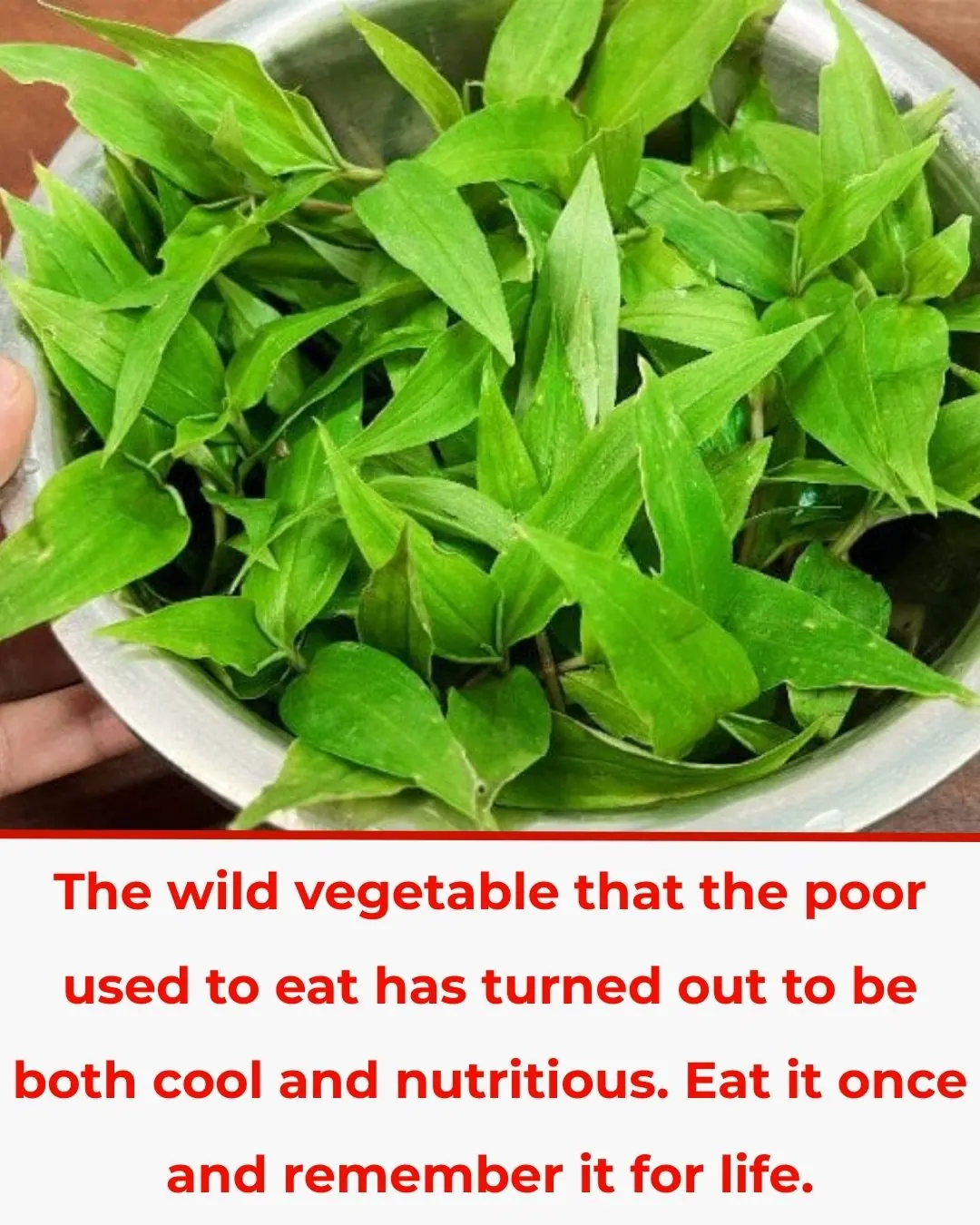Have you ever wondered about wild plants that are often used as ingredients in delicious and nutritious dishes? The plant with a distinctive fragrance is the answer.
Pandan, also known as screw pine, belongs to the wild pineapple family. This is an herbaceous plant with long leaves ranging from 30 to 51 cm, shaped like a sword. A distinguishing feature is that both edges of the leaves are smooth without spines, although fine hairs may sometimes appear. The plant grows vigorously in tropical environments and is usually found in clusters.
Many people often confuse pandan leaves (screw pine) with the leaves of the pineapple plant. In fact, these two plants are entirely different. The pineapple plant grown for fruit has thick, stiff leaves with sharp serrated edges and dark color on both sides. In contrast, pandan leaves (screw pine) do not have serrated edges, are softer and thinner, usually green in color, and when the leaves are crushed, they release a pleasant fragrance.
Pandan is mainly distributed in countries like Malaysia, Indonesia, and the Philippines. In Vietnam, this plant was once commonly found in the bushes along the coasts of all three regions. In recent years, pandan has been widely cultivated by households to supply the market.
Pandan leaves are not only used as a seasoning herb but also contribute to adding a light fragrance and attractive color to various desserts and cakes. Many people also enjoy steeping pandan leaves with tea to create a fragrant beverage.
Pandan leaves are not only used as a seasoning herb but also contribute to adding a light fragrance and attractive color to various desserts and cakes.
Ms. Hoài, a resident of An Giang, shared, “Pandan used to grow wildly along the roadside, especially the type without thorns, unlike the leaves of the pineapple plant used for fruit harvesting. Pandan can be harvested year-round, and people often choose medium-sized, thick leaves with a dark green color.
When people want to use pandan leaves to wrap cakes, they grind or pound the fresh leaves, then squeeze out the juice to mix with glutinous rice, then proceed with wrapping the cake. This method helps the cakes achieve a beautiful green color when cooked and a gentle fragrance, providing a delightful experience for the eaters. In my hometown, local snack shops often use pandan leaves to color syrup or make pineapple ginseng ice cream.”
In recent years, the market in Hanoi and Ho Chi Minh City has witnessed a significant increase in the demand for pandan. Not only fresh leaves, but consumers can also find pandan in powdered form, which makes cooking more convenient and quicker. Currently, fresh pandan leaves are priced at around several dozen thousand VND per kilogram, while powdered pandan costs more, up to 300,000 VND per kilogram.
Ms. Hoài also shared, “Fresh pandan leaves are often more fragrant and flavorful, but they are not always easy to find in the city, and their shelf life is limited. Therefore, I often buy pandan powder to store in the fridge. Occasionally, I will take it out to make cakes or color dishes, which is both convenient and quick while still retaining the attractive fragrance.”
Fresh pandan leaves are often more fragrant and flavorful, but they are not always easy to find in the city, and their shelf life is limited.
In 100 grams of pandan powder, you will find the following notable nutrients:
Beta Carotene: Pandan is rich in beta carotene, a precursor to vitamin A. In 100 grams of pandan powder, this content can provide 43-80% of the daily requirement. Pandan varieties with yellow or dark orange fruits typically contain more beta carotene.
Vitamin A: This essential vitamin is crucial for eye health and the immune system, playing an important role in protecting the body from diseases.
Iron: Pandan also contains more iron than many other vegetables. Iron is vital for preventing anemia, supporting blood circulation, and supplying oxygen to the body.
Fiber: With low calories but high fiber content, pandan helps improve gut health, supports digestion, and has a positive effect on weight loss.
Not only an important ingredient in cooking, pandan is also used as a safe herb, offering many health benefits. You can use fresh or dried pandan leaves. For fresh leaves, you need to wash them and use them immediately. As for dried leaves, after washing, dry them under the sun and store them in a dry, cool place to maintain quality.
Pandan is not only an important ingredient in cooking, but it also serves as a safe herb, providing many health benefits.
Notable benefits of pandan:
Reduces high blood pressure
One of the most prominent health benefits of pandan is its ability to support the treatment of high blood pressure. Some studies suggest that consuming pandan leaf tea twice a day can help lower blood pressure and reduce the risk of other cardiovascular diseases, including coronary artery disease.
Effectively manages blood sugar levels
Pandan has the ability to help control blood sugar levels, offering benefits for people with diabetes. A study conducted on 30 healthy individuals showed that those who consumed pandan leaf tea had more stable blood sugar levels than those who did not drink the tea.
Method 1:
To treat diabetes with pandan leaves, choose fragrant pandan leaves when adding them to rice or dessert. Wash the pandan leaves clean, then dry them, ensuring they still retain their green color.
Each time you cook, use about 10 pandan leaves, cut them into small pieces, and use 2.5 liters of water. When it has reduced to about 2 liters, it is ready for use. Consume this 2 liters of pandan water within 1 day. Drink it about 20 minutes before each meal. If you eat 3 times a day, drink about 0.7 liters of pandan water per time. It will take about a week before you start seeing results.
Method 2:
Take a handful of pandan leaves and roll them up; there’s no need to chop them. Wash them clean, then put them into a pot or teapot to brew, just enough water to submerge the pandan leaves up to your wrist.
Boil it over high heat, then lower the heat to simmer until the water turns a color similar to green tea. Use this water to drink instead of regular drinking water.
Removes ringworm
Pandan leaves contain antibacterial and antifungal compounds, helping to effectively treat fungal and bacterial infections, including ringworm. To use, you can mix some pandan leaf juice with saltwater and drink one glass every day. For best results, maintain this habit for at least 3 days.
Improves joint-related diseases
Joint problems are not only common among the elderly but can also affect young people. To alleviate symptoms, you can use 3 small pandan leaves combined with heated coconut oil. After the mixture cools, apply it to the affected joint areas that are swollen or inflamed.
Calms and reduces stress
The natural fragrance of pandan leaves has a calming effect on the mind, helping to reduce stress and soothe emotions. The compounds in pandan leaves can stimulate the brain to produce happiness hormones such as serotonin and dopamine, thereby improving mood and reducing anxiety.
Pandan leaves are generally safe and rarely cause side effects. However, excessive consumption can lead to diarrhea. Therefore, people with digestive issues or related gastrointestinal conditions should avoid excessive use of pandan leaves or foods containing pandan leaf extracts.



























